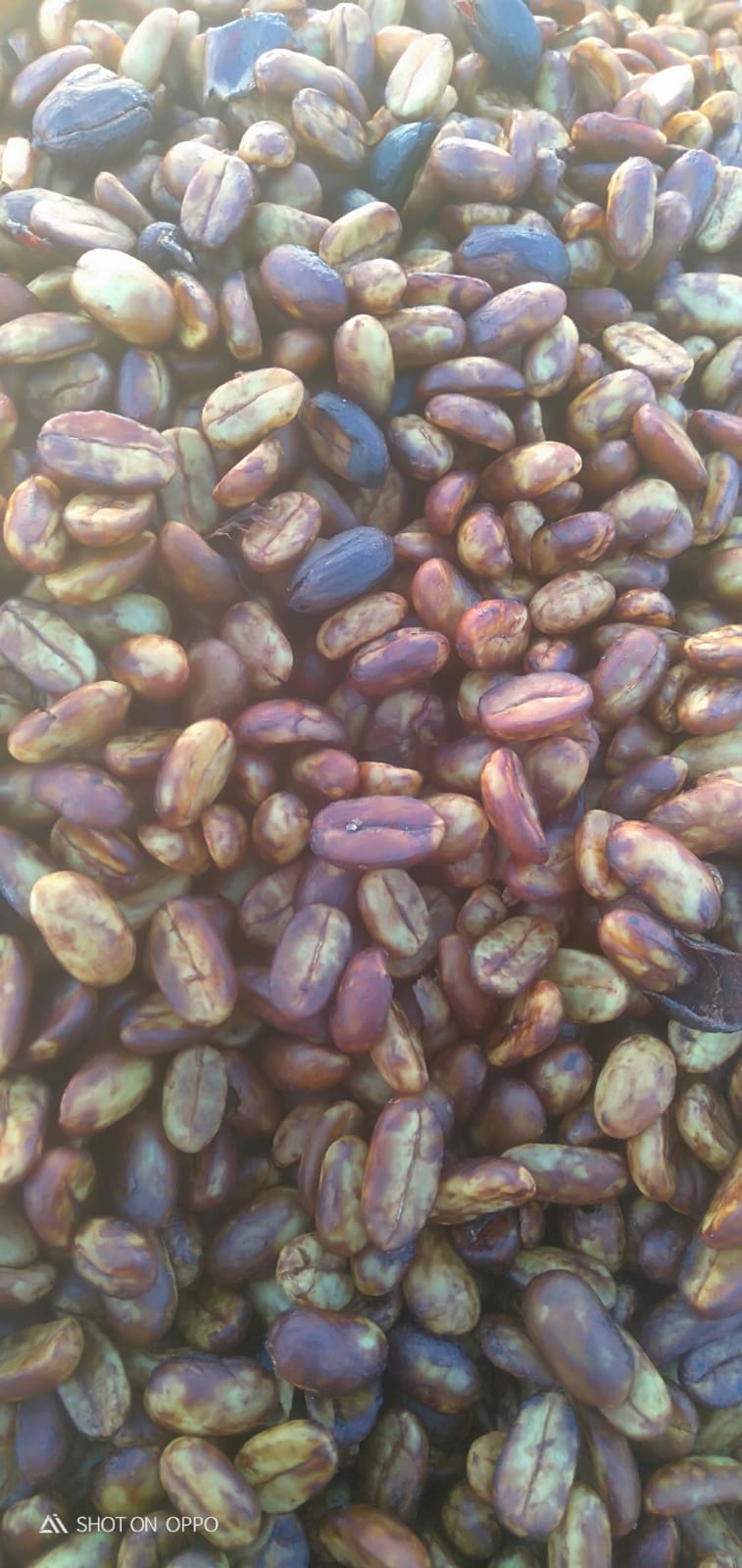Caramelization does not occur during the drying process of coffee seeds (also known as coffee beans). Caramelization is a chemical process that involves the browning and transformation of sugars when exposed to heat.
In the case of coffee, caramelization primarily occurs during the roasting process, not the drying process. After coffee beans are harvested, they typically undergo a series of steps, including drying, milling, and roasting. Let's focus on the roasting process, where caramelization takes place:
- Drying: After coffee cherries are harvested, the outer fruit layer is removed, and the coffee seeds (beans) are extracted. The seeds are then spread out to dry. This drying process helps reduce the moisture content of the beans and prepares them for further processing.
- Milling: Once the coffee beans are sufficiently dry, they are milled to remove the outer parchment layer, resulting in green coffee beans. These green beans are dense and have a grassy, vegetal flavor.
- Roasting: The roasting process is where caramelization occurs. During roasting, the green coffee beans are exposed to high heat, causing various chemical reactions. Caramelization is one of these reactions. The heat causes the sugars within the beans to break down and undergo browning, resulting in the development of complex flavors and aromas.
- Maillard reaction: Alongside caramelization, another important reaction during roasting is the Maillard reaction. This reaction involves the interaction between amino acids and reducing sugars, producing additional flavors and aromas.
- Roast levels: The degree of caramelization and the resulting flavors can vary depending on the roast level. Lighter roasts tend to have brighter, more acidic flavors with minimal caramelization. Medium roasts offer a balance of acidity and caramelized sweetness. Dark roasts have more pronounced caramelization, resulting in rich, bittersweet flavors.
In summary, while coffee beans undergo drying and milling processes before roasting, caramelization primarily occurs during the roasting process. The heat applied during roasting causes sugars within the beans to caramelize, leading to the development of the desirable flavors associated with coffee.

